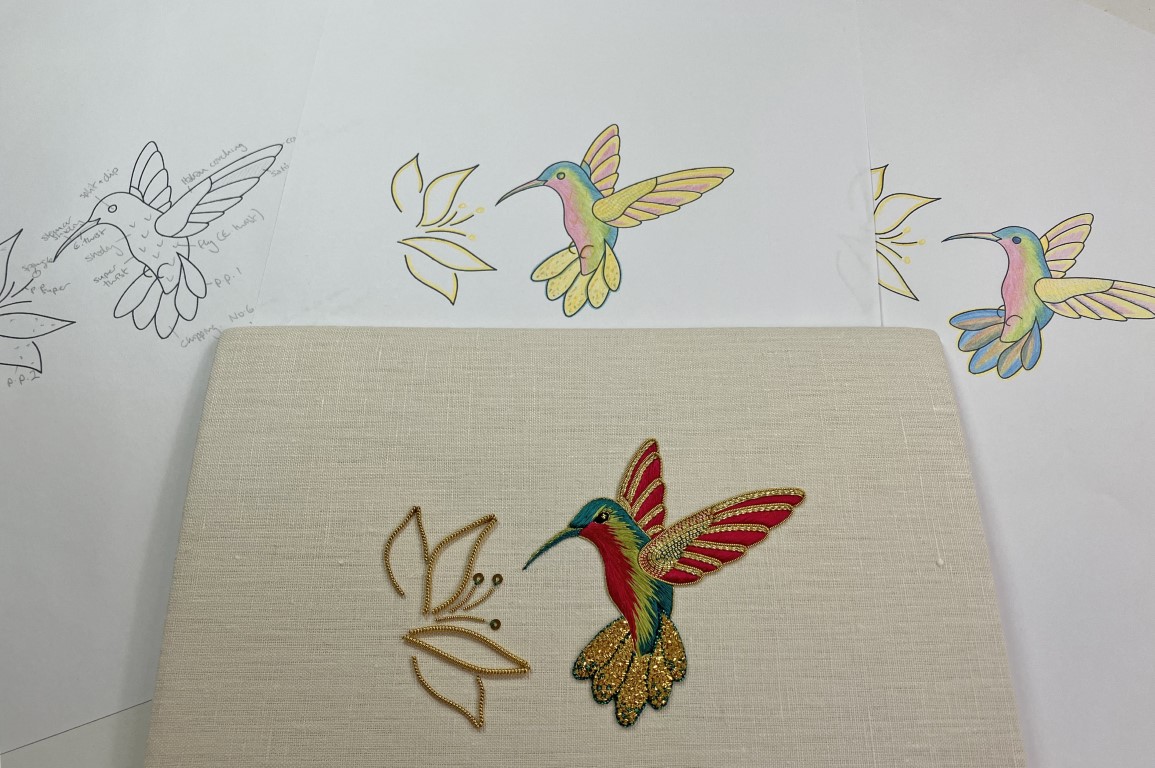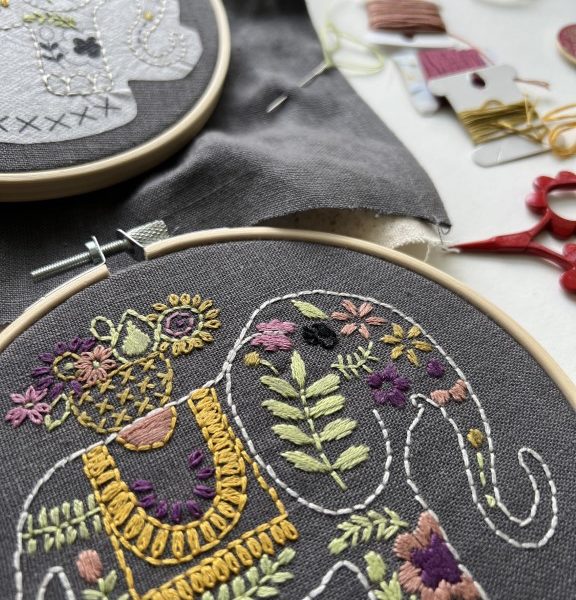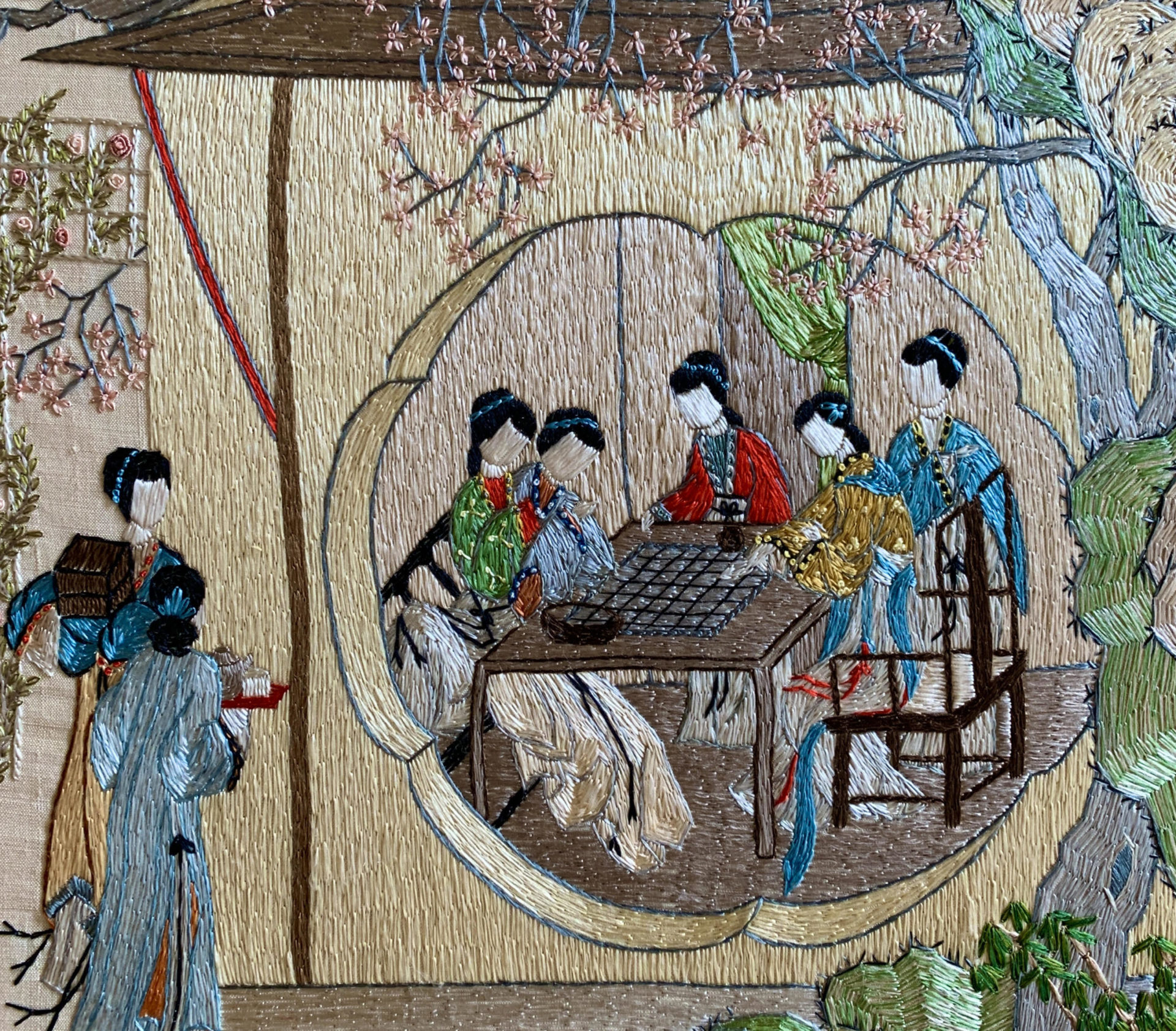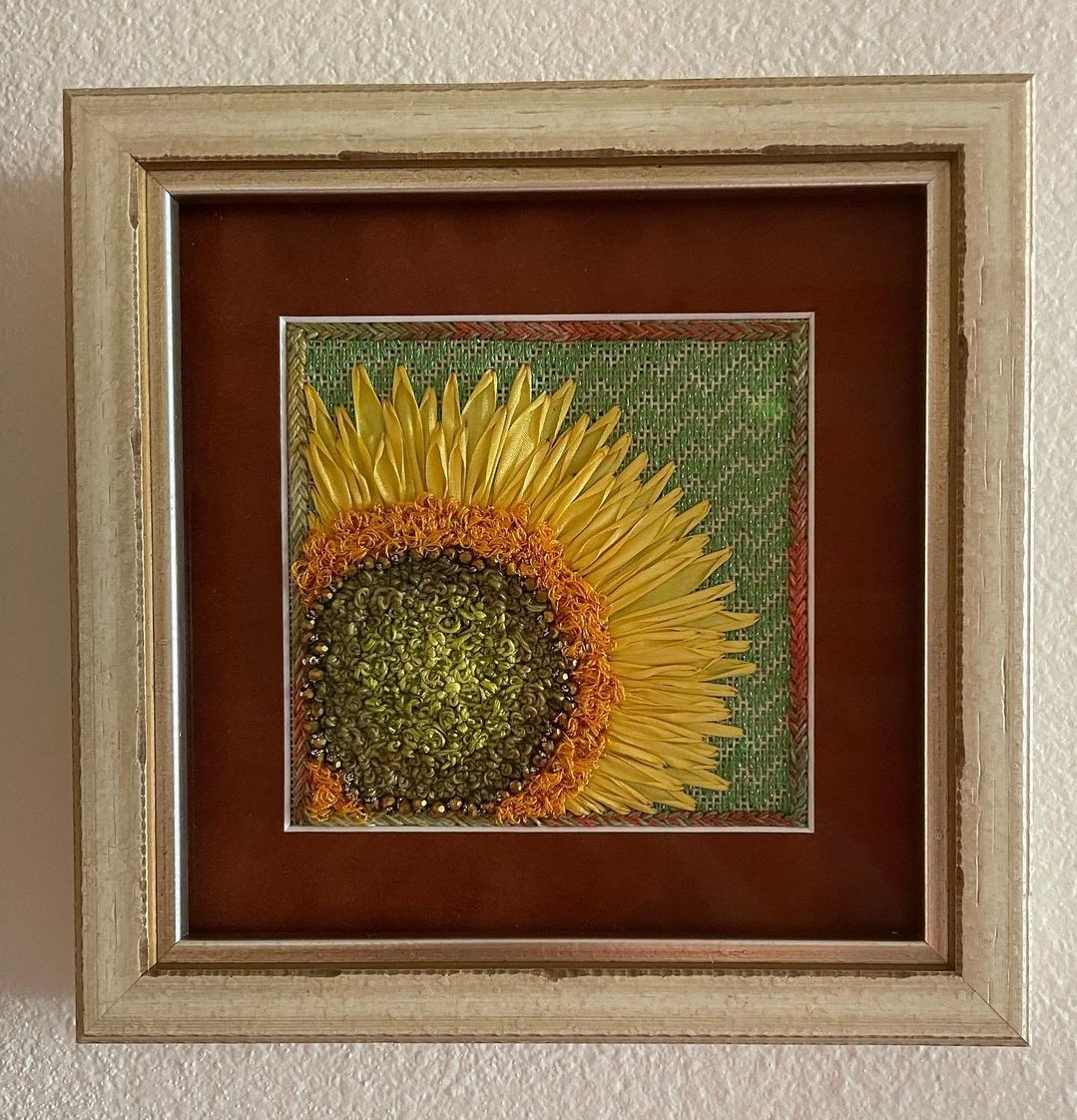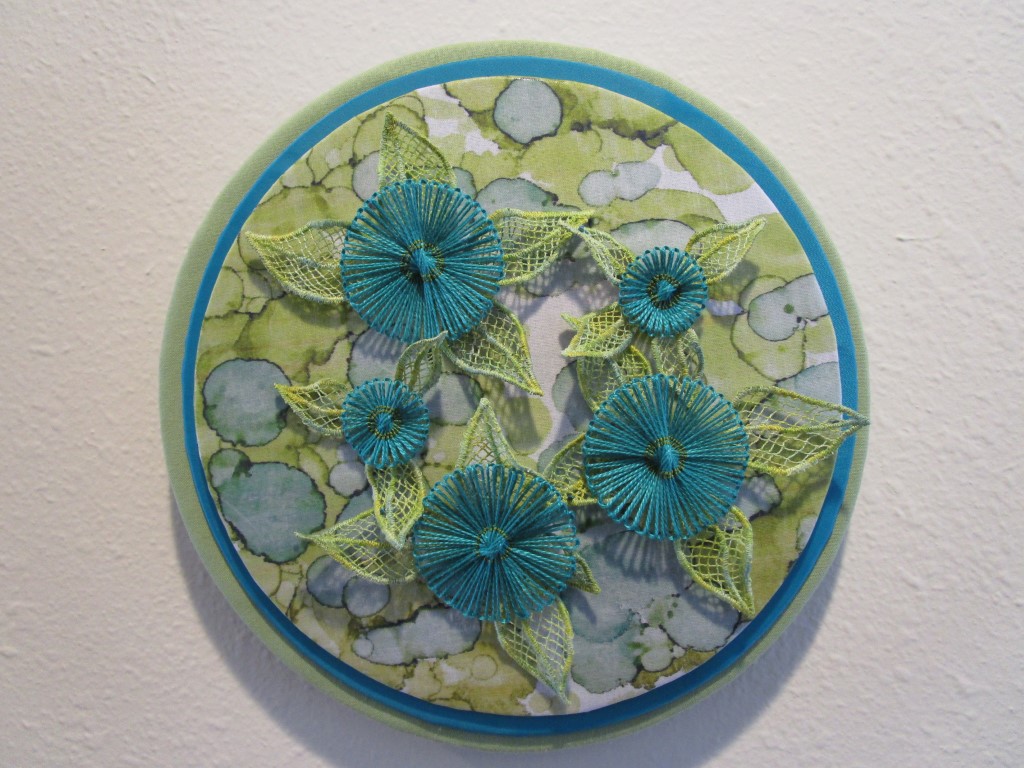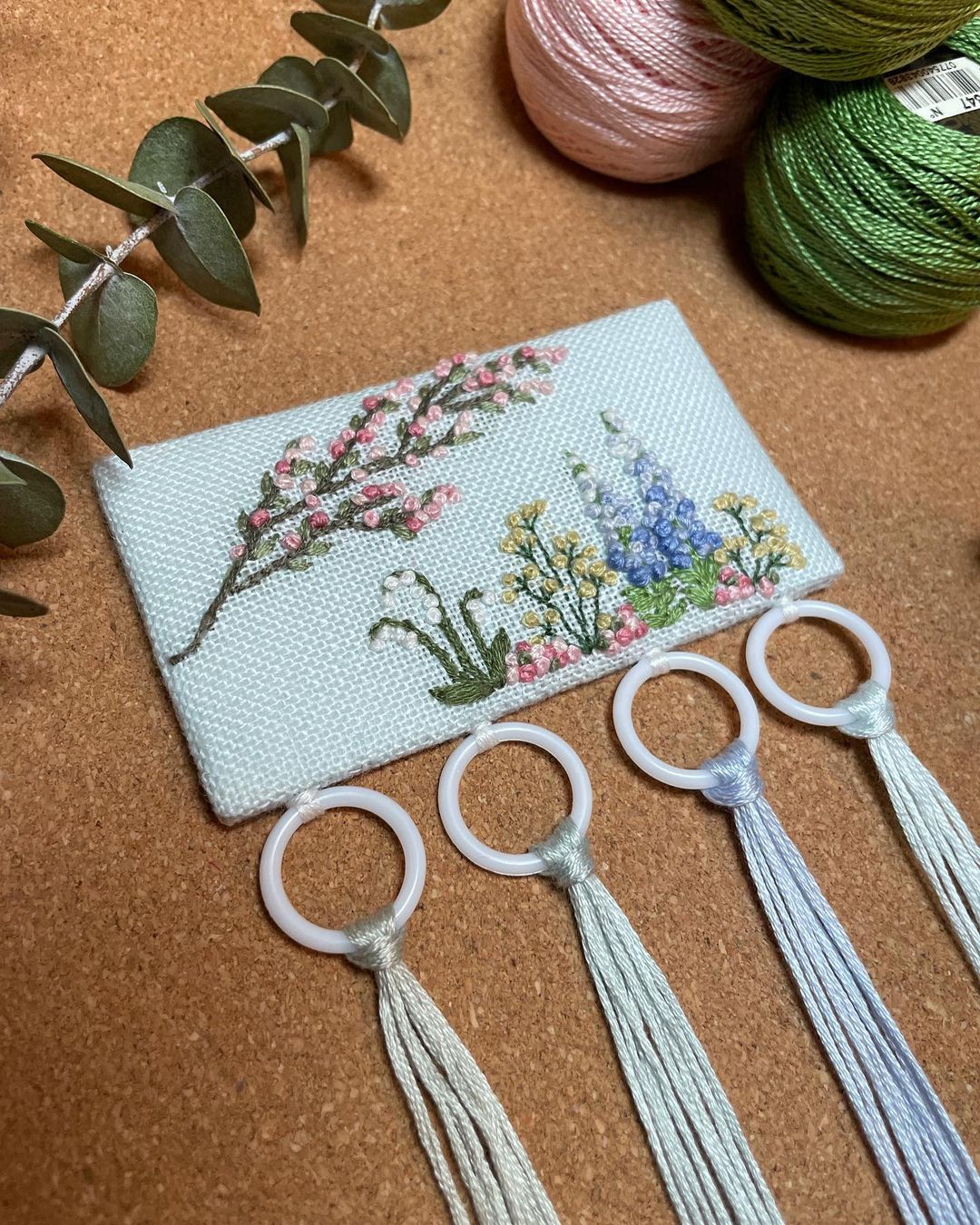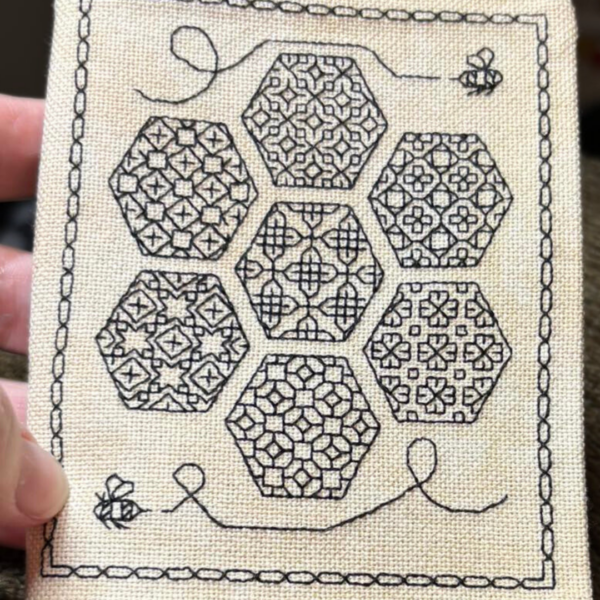Improving your embroidery skills is a lifelong process for every needleworker. There are no shortcuts, and no simple or fast means for becoming a master embroiderer. However, there are certain tips to improve your embroidery skills that can ease the process and make the journey more enjoyable. Here we’ve outlined 6 of our favorite tips for improving your embroidery.
Prepare + Protect Fabric

Improving your embroidery skills starts with paying special attention to your materials. So our first tip involves preparing and protecting your fabric.
Prewashing fabric is always a good first step. If the fabric has not been pre-washed, it may shrink later, warping your stitchwork. The aim is for all the shrinkage to happen before you make your stitches.
With dark colored fabrics, washing first will also help rinse out any excess dye. You’ll thank yourself later when you wash your finished project and the fabric doesn’t stain all your beautiful stitches!
After you’ve washed your fabric, press it with an iron at the appropriate heat level to create a smooth surface and help ensure even stitching.
If you’re working in the hoop, try wrapping cotton tape around the inner ring of the hoop to prevent ring marks on your fabric. This step will also help keep your fabric taut, which, along with ironing, will create smoother stitches. Taut fabric also helps prevent puckered stitches.
Always Pair the Right Fabrics, Threads, and Needles
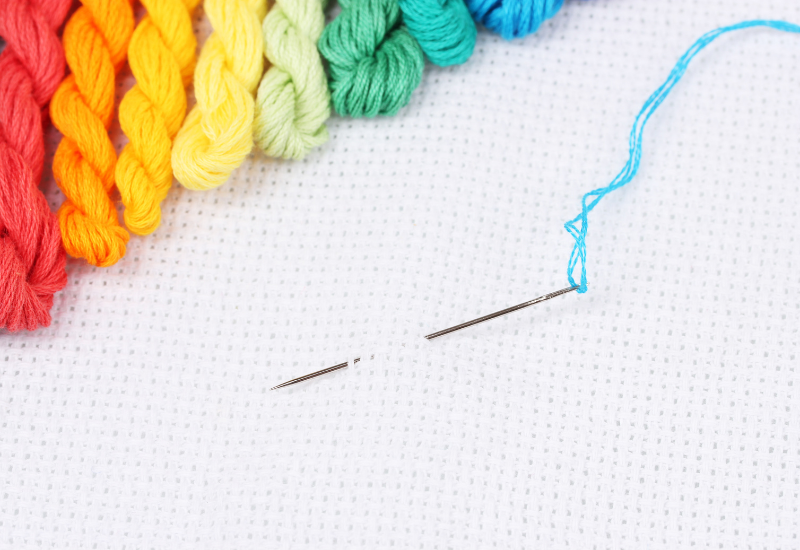
With embroidery, one size does not fit all. You may be tempted to use the same needle, threads, or fabric for all your projects to reduce the number of materials, but that will only hurt your embroidery project in the long run.
Threads laced through too-small needles can lead to frayed thread; larger-than-called-for needles pushed through tightly-woven fabric may create holes in your canvas. Also pay attention to the type of needlework you’re exploring and which fabrics, threads, and needles pair best with it. For example, Aida fabric—an even weave fabric— is great for cross stitch designs. Aida fabric has an easily followed grid with identical warp and weft. For a beginner cross stitcher, a plain weave fabric may pose a challenge when trying to create even stitches.
Check out our Guide to Embroidery Fabrics and The Beginner’s Guide to Embroidery Floss to get started. Needles by John James also has a very thorough Guide to Needles.
Check the Back of Your Work Often
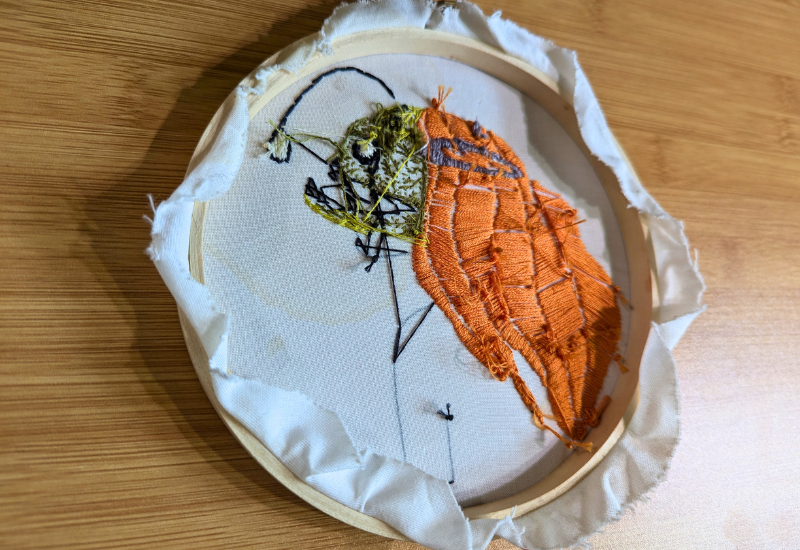
Make it a point to regularly check the back of your work as you’re stitching. Designs that use multiple colors and especially designs that feature thread painting techniques will create layers of threads that can tangle or become knotted at the back.
You may even find yourself trying to pull your thread through only to find it’s stuck at the back in a wad of layered stitches. Be as mindful about the back of your work as the front of your work. It does not (and will not!) look as pretty, but keeping tabs on the back will help the front look its best.
Use Shorter Thread
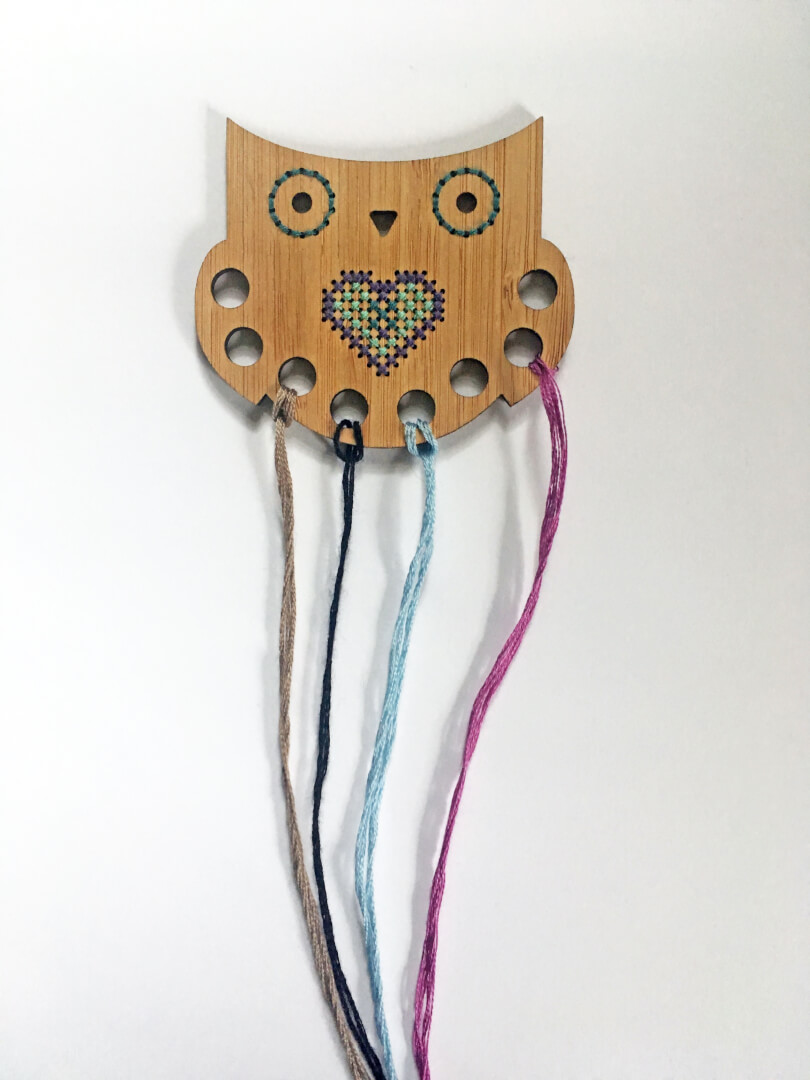
No one loves weaving in ends, or creating multiple knots to start and stop a length of thread, but using shorter thread lengths may save you some of the knots and tangles encountered above.
A good rule of thumb for many techniques is to stitch with thread no longer than 18 to 20 inches. For most people this is roughly the distance from fingertips to elbow. Even shorter lengths may be appropriate for stitching with delicate threads.
Practice, Practice, Practice
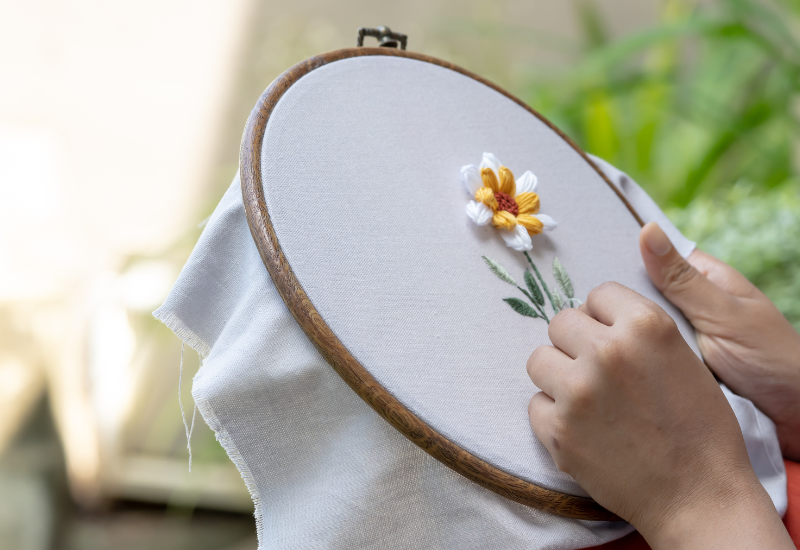
This tip may seem like a no-brainer, but it’s true: the more you stitch, the better your embroidery will become. Explore as many new techniques as you can, create little “stitch guides” for yourself to practice types of stitches, and don’t aim for perfection. Each mistake and imperfect stitch will help inform how to make better stitches in the future.
Practice is the only true way to develop even thread tension, which you’ll need to avoid puckering (too tight) and dangling (too loose) stitches. Practice will help your stitches grow more uniform and even. Practice will show you what you need to become a better embroiderer.
Invest in Classes & Community
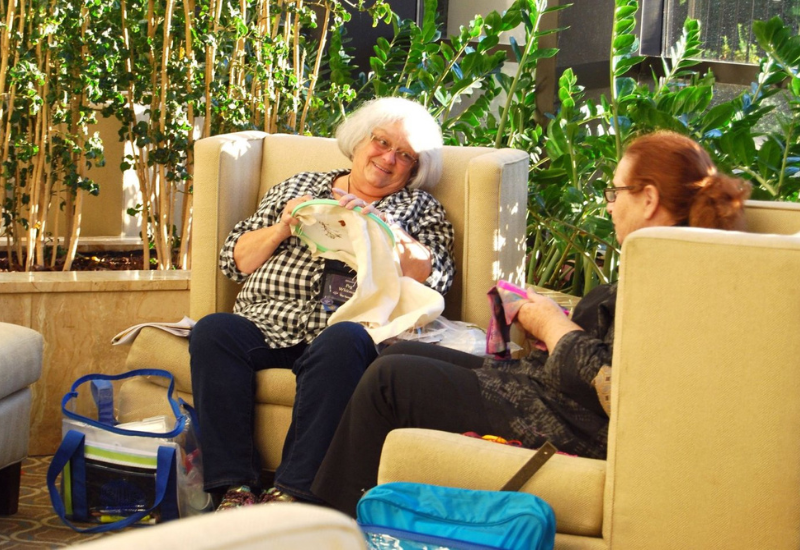
It’s hard to learn new skills and become more confident as an embroiderer on your own. Surrounding yourself with fellow embroiderers allows you to see how other stitchers work, opens you up to feedback, and exposes you to new techniques. It’s hard to correct a mistake if you can’t even identify the mistake you’re making! Joining an embroidery community opens up the world of needlework and provides space to stumble and triumph in your embroidery among like-minded people.
Education has no age limit. Taking classes in embroidery skills that are new to you, or have been difficult to master, provides a guiding hand in mastering techniques. At EGA, we work very hard to create a rich roster of educational opportunities to strengthen the skills of the embroiderers in our community. From online studio courses to virtual lectures, group correspondence courses, and more, we’ve provided lots of different ways to grow as an embroiderer. Read The Complete Guide to EGA Courses to learn more.
Are you interested in joining the EGA community and improving your embroidery skills? Learn more!
